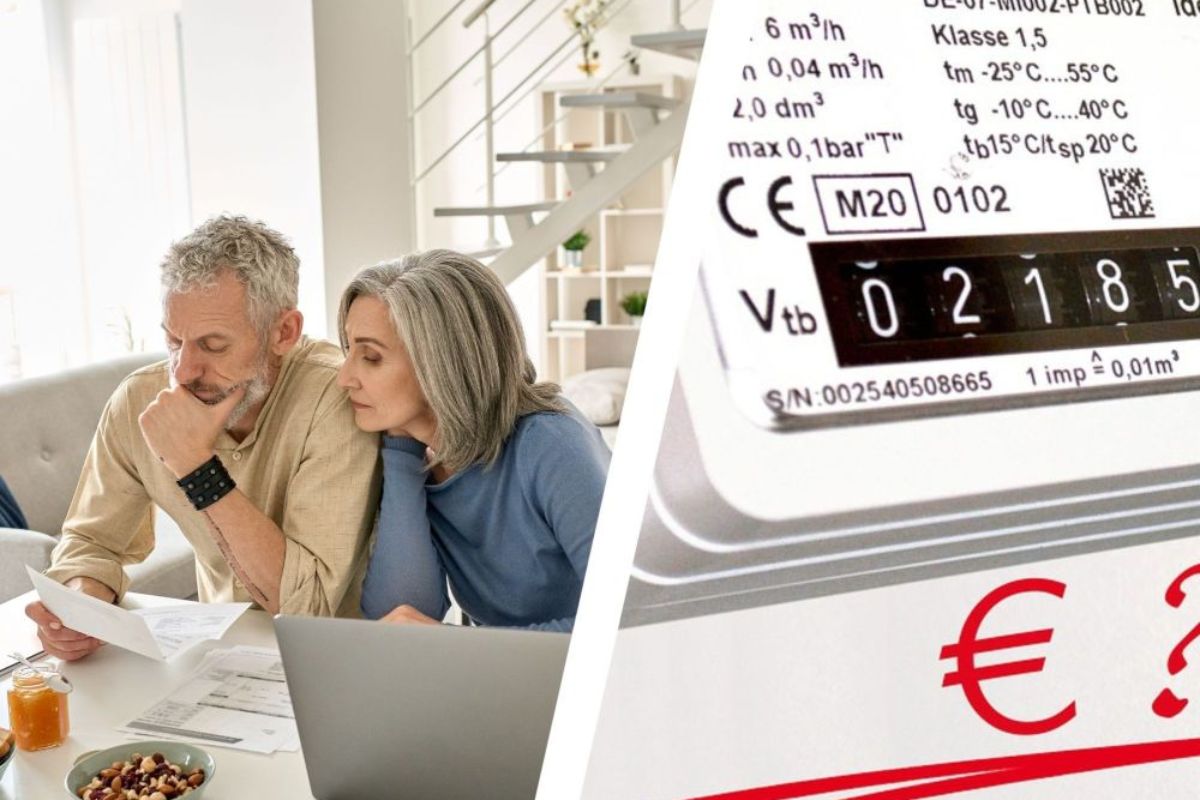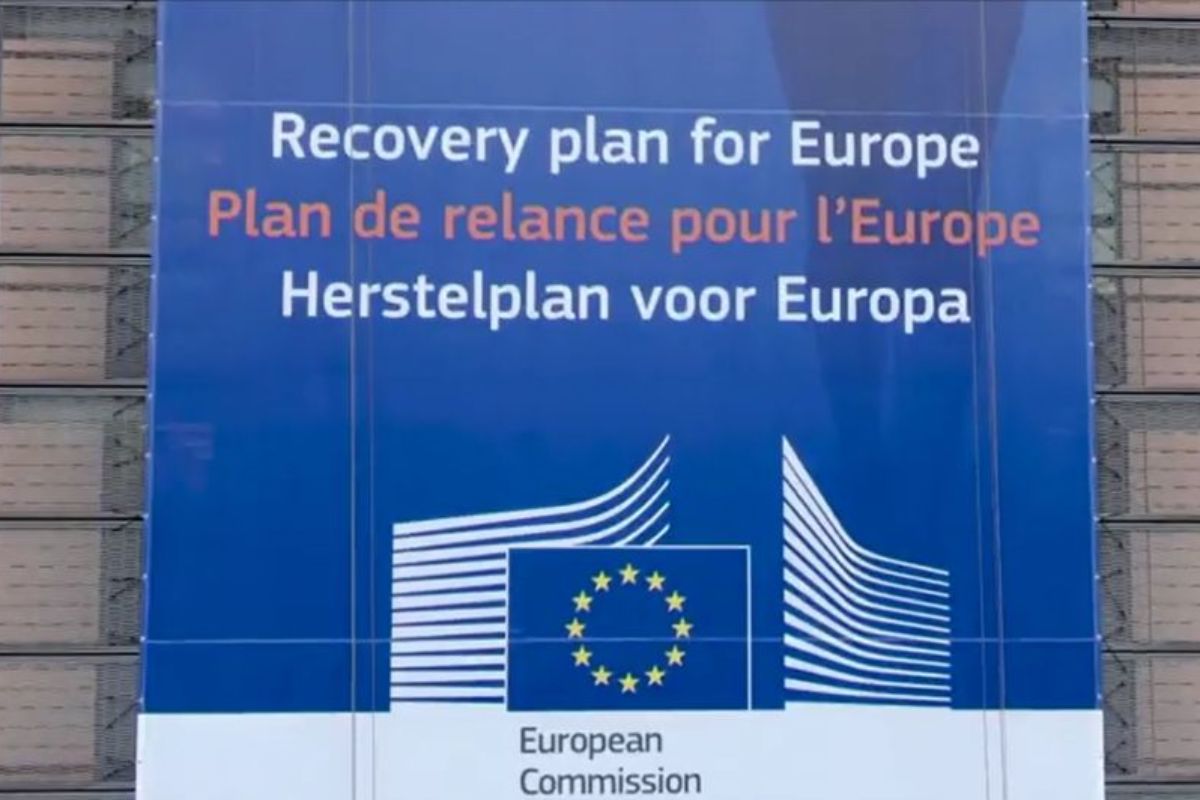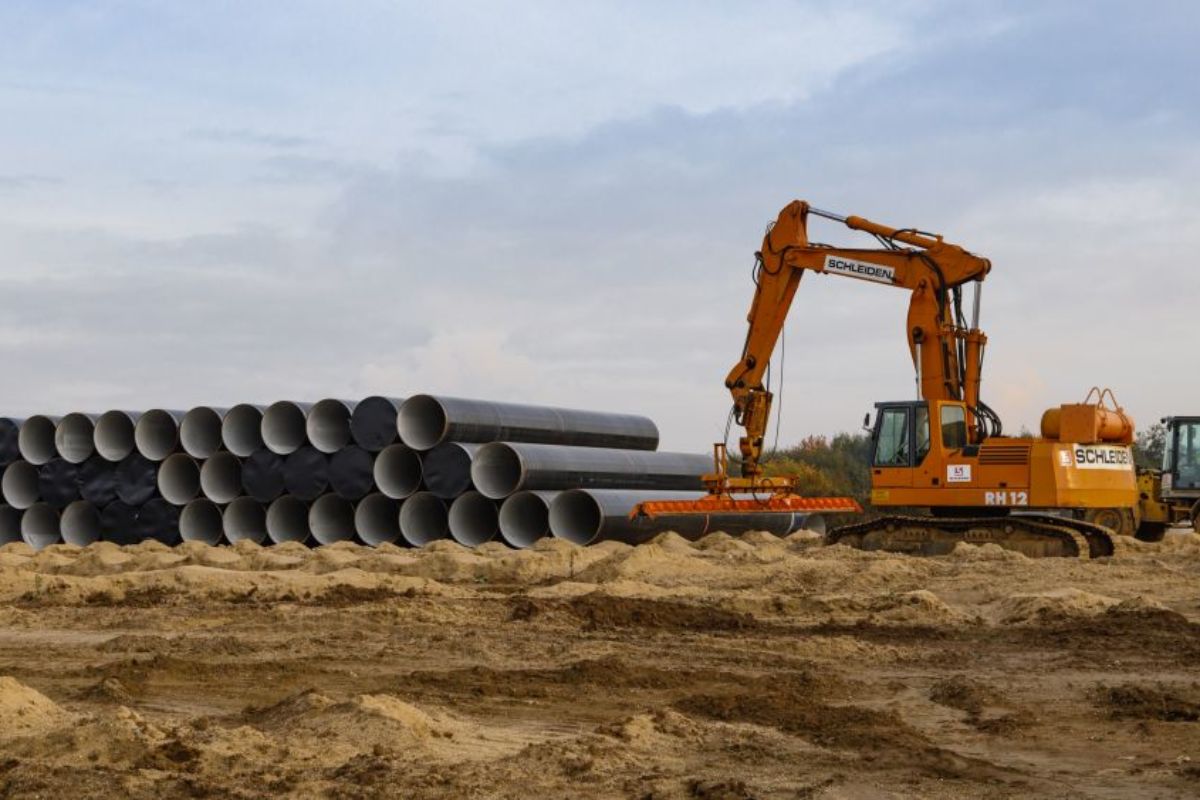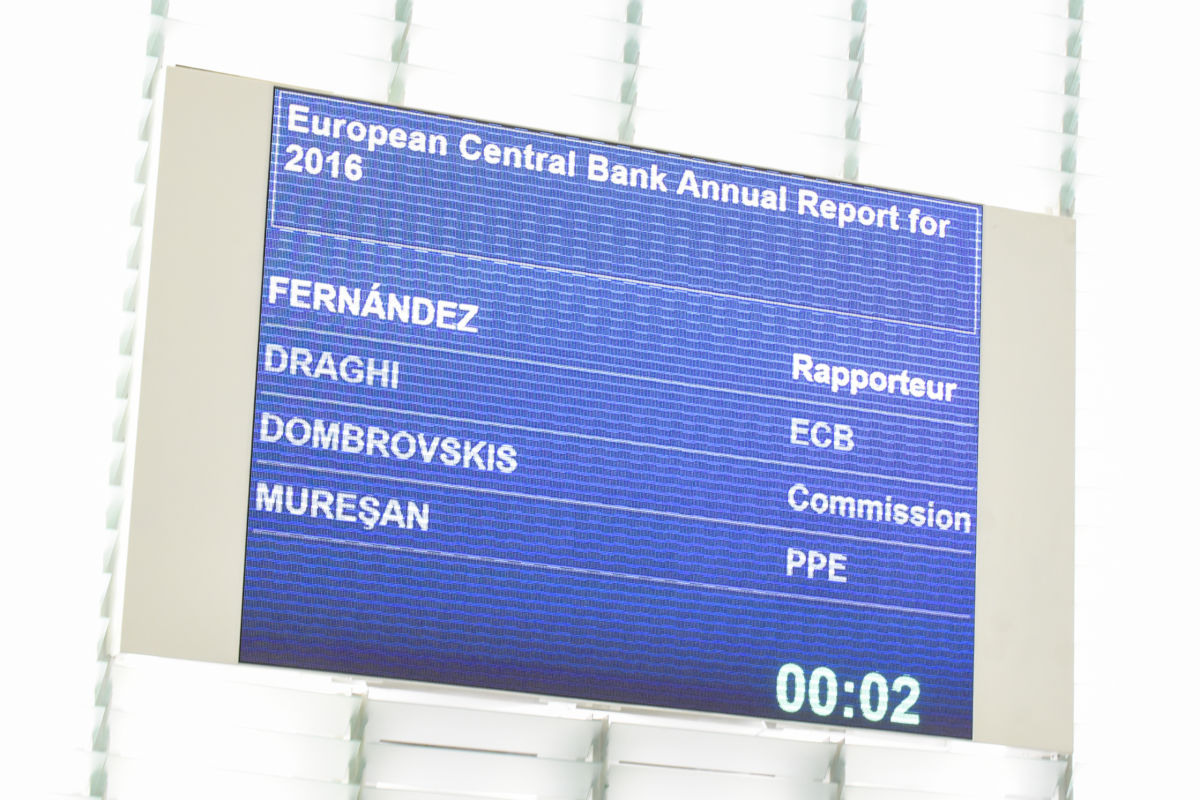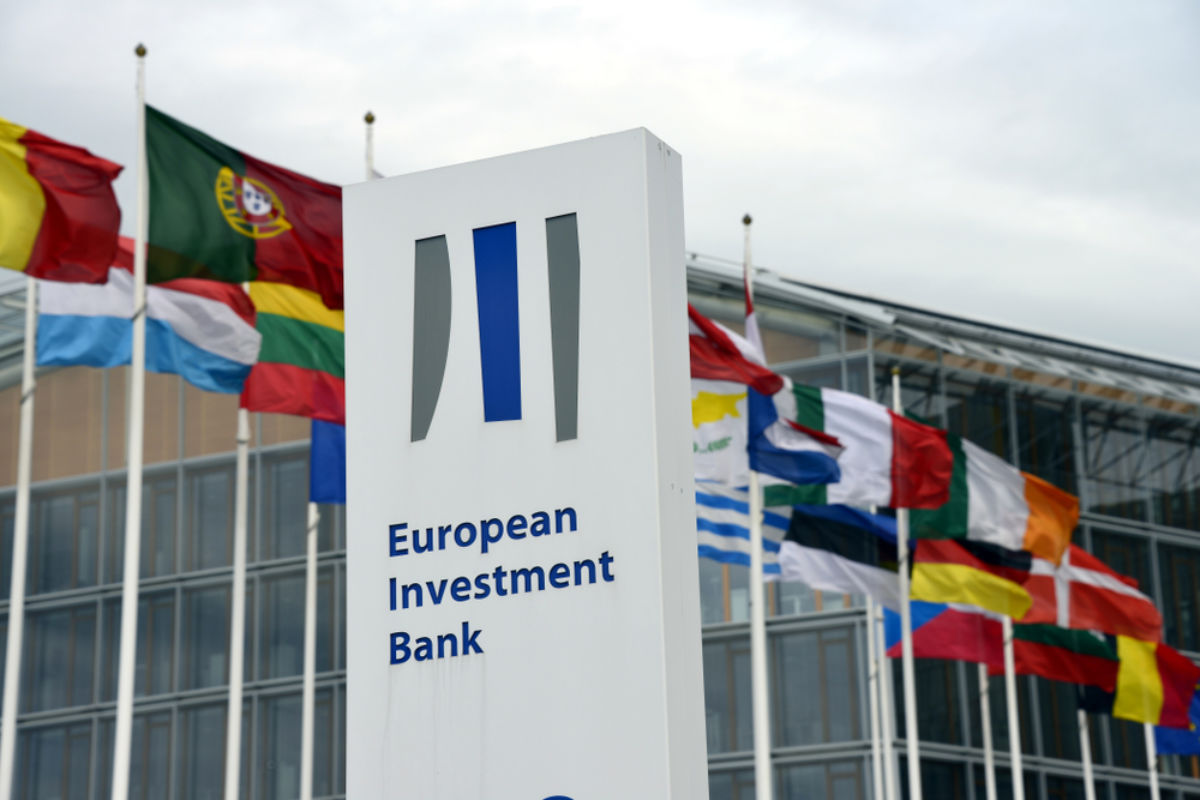Housing is a major expense for most families. But the index the ECB uses currently, the HICP (Harmonised Index of Consumer Prices), does not fully reflect the evolution of the cost of housing because it leaves out the costs borne by owners who live in their own homes. The ECB has recognised this problem[1] and promised to include the cost of ‘Owner-Occupied Housing’ (OOH) in the consumer price index, for which it wants to achieve an inflation rate of 2%.
That the cost of housing is rising quickly is no mystery. For a number of years, Eurostat has been publishing the Owner-Occupied Housing Price Index (OOHPI) for almost all euro area member countries.[2] This index, which for the time being is available only on a quarterly and annual basis, has been running above 2% p.a. for the last five years and, since 2017, has been increasing, on average, by more than 3% – much more than the core inflation rate (which ignores volatile elements like energy). See Figure 1, below.
This data about OOH can also be used to calculate a ‘full consumer prices index’, i.e. one that reflects the full cost of living, including housing. To do this one can apply the weight of OOH in the US consumer price index, as a rough rule of thumb, as was recommended already in 2018.
One then finds that if the HICP were to take into account this element, the measured inflation rate would be 30-40 basis points higher, bringing it much closer to 2%; see the figure below.
The impact of rising housing costs on the HICP has become particularly pronounced in recent years. This is not surprising. One of the recurring observations, for decades now, has been that inflation has shown up in asset prices rather than consumer prices. In this wider view it is not surprising that inflation measured by the HICP has remained rather insensitive to monetary policy, although asset prices have greatly increased. OOH is one of the few channels by which asset price increases can have a direct impact on inflation rates, which matters for central banks.
The current ‘post-pandemic’ boom in house prices will increase this discrepancy between the official HICP used by the ECB and the real increased cost of living as perceived by families. The ECB might thus be much closer to its target of 2% than it thinks.
Why has OOH not yet been included in the HICP? One argument against the inclusion of the HICP is, according to the ECB, the requirement of timeliness. But given that the ECB aims only at price stability over the medium term, one can scarcely argue that OOH should not be included in the price index because it is available only on a quarterly, not a monthly basis.
In the context of its new strategy, the ECB has outlined a roadmap towards including OOH in the HICP, which stretches into the indefinite future although a quarterly index of OOH for the euro-area average can be constructed already now, with only data for Greece missing. This slow pace is difficult to understand since many other countries, in particular the US, already incorporate OOH in their inflation measures.
The HICP, which constitutes the sole official measure of inflation in the euro area, leaves out the most dynamic element, namely the cost of owner-occupied housing. It has been misleading for some time and is likely to become an ever more misleading measure of actual inflation in the years ahead. Reforming the HICP to include the cost of Owner-Occupied Housing is long overdue and should happen immediately.
[1] In ECB speak: “Governing Council confirms that HICP remains appropriate price measure and recommends inclusion of owner-occupied housing over time.”
[2] Except for Greece, the index is available for all the euro area countries.















